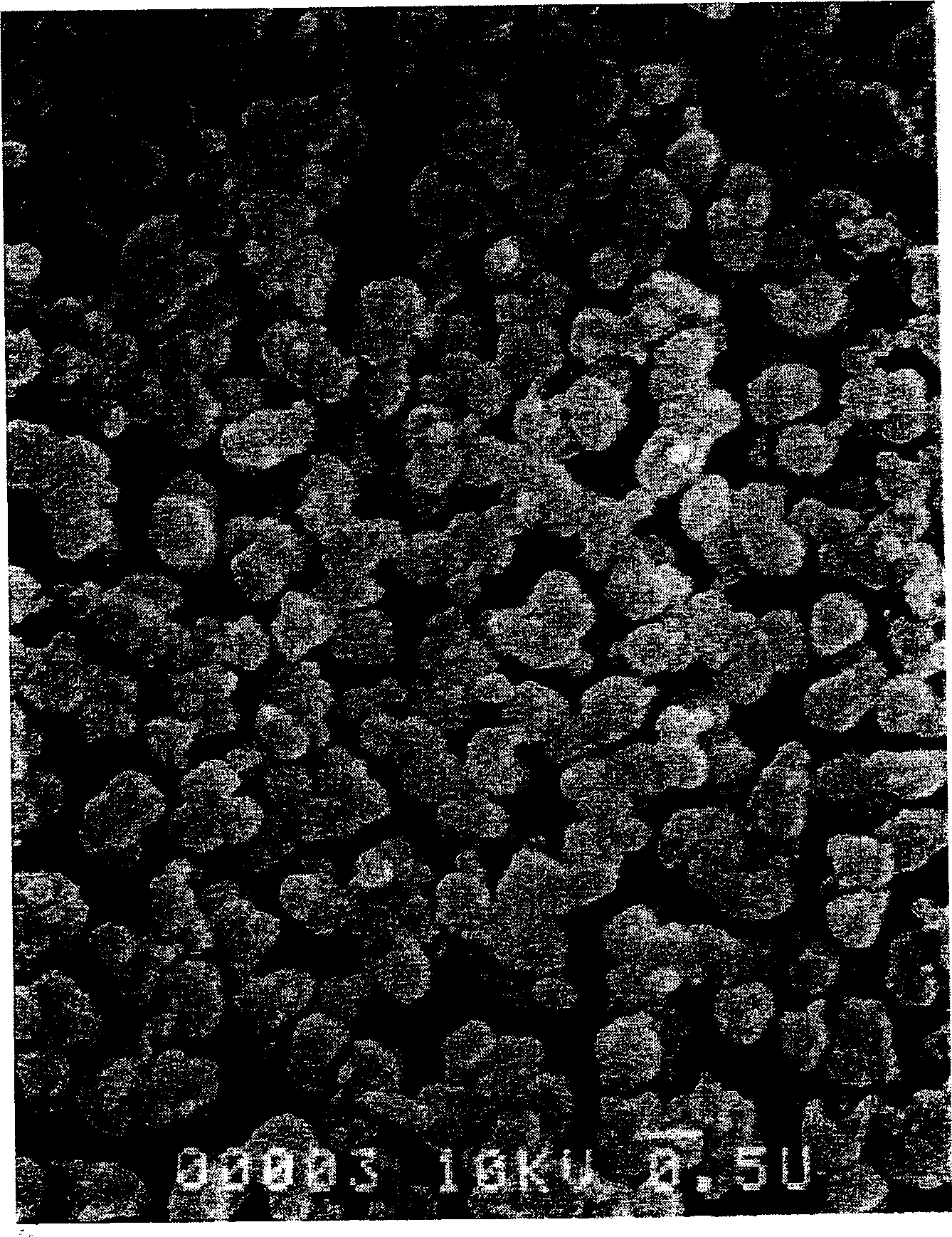Micro fluid device and process for producing the same
A technology of microfluidic devices and manufacturing methods, which is applied in the direction of chemical instruments and methods, instruments, scientific instruments, etc., can solve problems such as unknown, and achieve the effects of increased sensitivity, increased sample volume, and high yield
- Summary
- Abstract
- Description
- Claims
- Application Information
AI Technical Summary
Problems solved by technology
Method used
Image
Examples
Embodiment 1
[0145] Example 1 is an example of producing a porous resin layer having a three-dimensional network structure according to the "reaction-induced phase separation method".
[0146] [Preparation of film deposition solution (J)]
[0147] 72 parts of trifunctional urethane acrylate oligomer (Unidic V-4263, Dainippon Ink and Chemicals) with an average molecular weight of 2000, 18 parts of dicyclopentanyl diacrylate (R-684, Nippon Kayaku ), 10 parts glyceryl methacrylate (Wako Pure Chemical Industries), 150 parts methyl caprate (Wako Pure Chemical Industries), 10 parts a well-volatile solvent in the form of acetone, and 3 parts 1-hydroxycyclohexyl phenyl ketone (Irgacure 184, Ciba-Geigy) UV polymerization initiators were uniformly mixed to prepare a film deposition solution (J1).
[0148] [Preparation of Composition (X)]
[0149] 50 parts of trifunctional urethane acrylate oligomer (Unidic V-4263, Dainippon Ink and Chemicals) with an average molecular weight of 2000, 40 parts of h...
Embodiment 2
[0170] Example 2 is an example of producing a porous resin layer having a three-dimensional network structure according to the "surface swelling method".
[0171] [Preparation of Composition (X)]
[0172] Composition (X2) was prepared in the same manner as the preparation method of Example 1 composition (X1), except that 40 parts of 1,6-hexanediol ethoxylated diacrylate (Photomer 4361, Cognis Japan) instead of 40 parts of hexanediol diacrylate (New Frontier HDDA, Daiichi Pharmaceutical), and mixed with 10 parts of nonylphenoxy polyethylene glycol (n=17) acrylate (N-177E, Daiichi Pharmaceutical) instead of 10 parts Glyceryl methacrylate (Wako Pure Chemical Industries). The viscosity of this composition was 220 mPa·s.
[0173] [Step 1: Formation of a porous resin layer having a three-dimensional network structure]
[0174] (with the formation of a three-dimensional network structure)
[0175] After immersing a polystyrene plate (Dainippon Ink and Chemicals) with a thickness of...
Embodiment 3
[0190] Example 3 is an example of manufacturing a porous resin layer having a three-dimensional network structure according to the "wet method".
[0191] [Preparation of film deposition solution (K)]
[0192] 5 parts of linear polymer in the form of aromatic polyamide (Conex, Teijin), 90 parts of solvent (U) in the form of N,N-dimethylacetamide (Wako Pure Chemical Industries), and 5 parts of additives in the form of ethylene glycol Mix uniformly to obtain a film deposition solution (K).
[0193] [Preparation of Composition (X)]
[0194] 50 parts of tris(tetraethylene glycol) bismaleimide (Lumicure MIA200, Dainippon Ink and Chemicals), 40 parts of 1,6-hexanediol ethoxylated diacrylate (Photomer 4361, CognisJapan), 10 parts of N A composition (X3 ). The viscosity of the composition (X3) was 100 mPa·s.
[0195] [Step 1: Formation of a porous resin layer having a three-dimensional network structure]
[0196] (Formation of three-dimensional network structure)
[0197] Using ...
PUM
| Property | Measurement | Unit |
|---|---|---|
| aperture size | aaaaa | aaaaa |
| viscosity | aaaaa | aaaaa |
| diameter | aaaaa | aaaaa |
Abstract
Description
Claims
Application Information
 Login to View More
Login to View More - R&D
- Intellectual Property
- Life Sciences
- Materials
- Tech Scout
- Unparalleled Data Quality
- Higher Quality Content
- 60% Fewer Hallucinations
Browse by: Latest US Patents, China's latest patents, Technical Efficacy Thesaurus, Application Domain, Technology Topic, Popular Technical Reports.
© 2025 PatSnap. All rights reserved.Legal|Privacy policy|Modern Slavery Act Transparency Statement|Sitemap|About US| Contact US: help@patsnap.com

